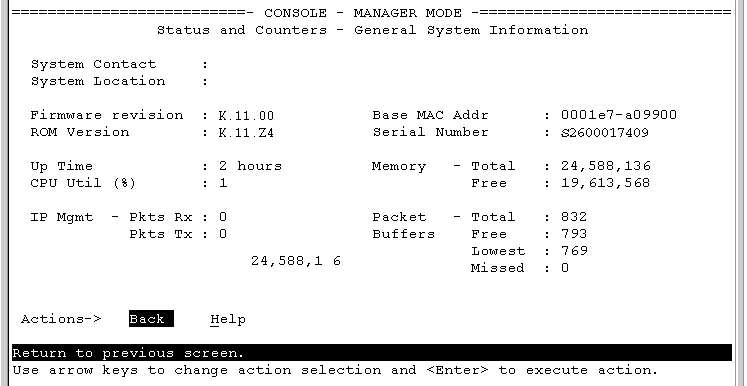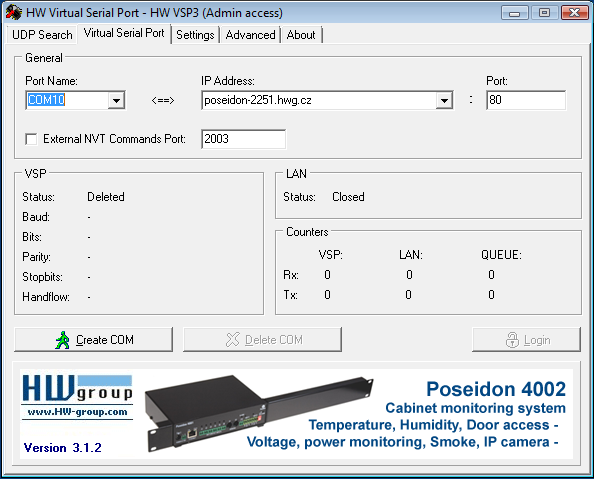
- #Port forward serial number drivers#
- #Port forward serial number software#
- #Port forward serial number Pc#
a workstation IP Address that is not visible to the rest of the Internet). the IP Address that is visible to the rest of the Internet) and forward them on to a TCP/IP Server running on a workstation within the local area network behind the router (i.e. Port Forwarding is basically a way for a router to map TCP/IP client connections that are established directly to the IP Address of the router (i.e. It is only when you want to run TCP-Com as a TCP/IP Server on a workstation that is behind a router that you will need to change your router configuration to allow this to happen.Īll routers are configurable to support a feature called "Port Forwarding". In other words, if you configure TCP-Com as a TCP/IP "Client" where it will connect to a specific IP Address and Port number for a Server located somewhere on the Internet, you do not need to make any configuration changes in your router.
#Port forward serial number software#
Since almost all TCP/IP connections from a workstation are initiated as "Client" connections where some client software is specifying the IP Address or URL of the server that it wants to connect to, no special configuration of the router needs to be performed because the router will keep track of all outgoing client requests and automatically "route" all data received from a Server back to the specific client workstation that established the connection. The router's IP Address is visible to the rest of the Internet, however when you run software that connects to resources on the Internet (web pages, email servers, etc.), the router actually establishes all TCP/IP connections for you and "routes" all data between the connected client workstations and the external servers out on the Internet. The router shields all the workstations in the local area network from the rest of the Internet by not allowing TCP/IP connections directly to the workstations within the network.

#Port forward serial number Pc#
In most cases the PC will be connected to a router that is connected to the Internet and router will assign "Local IP Addresses" to all PCs that are connected to it creating a "Local Area Network". Most PCs that are connected to the Internet are not connected in a manner where the PC's IP Address is visible to the rest of the Internet. Note: The following article refers primarily to TCP-Com however the same concepts also apply to all "Serial Device Server" hardware as well as all "Virtual Modem" software. The text displays only in the communication window on the other system, not on the system that was used to type the text.Questions? Call us at: (800) 722-6004 or (215) 496-0222Ĭonnecting to a Serial or Networked Device Over the Internet Provides further details on connecting to a serial or networked device over an internet connection and the port forwarding process that's involved. In the PuTTY Communication window, on either system, type any legible text. This begins a communication session with the chosen port. Make sure the Serial line to connect to field shows the COM port set in the previous step.Under Category section, click Connection > Serial. In the Serial line field, enter the COM port number determined in Step 3 for this system.In the PuTTY Configuration window, under Category section, click Session. On both systems, right-click PuTTY.exe and click Run as administrator. (Using this example, the odd-numbered pins correspond to COM3 and the even-numbered pins to COM4.) For a dual serial cable, the odd-numbered pins on the header correspond to the lower-numbered COM port. Identify the COM port that the cable has been connected to on each system. Under Ports (COM & LPT), make a note of the COM ports assigned to the HS-UART Host Controller (usually COM3 and COM4).Ĭonnect the null modem cable between the serial port cable headers on the two systems. Terminal emulation program, such as PuTTY*.


#Port forward serial number drivers#


 0 kommentar(er)
0 kommentar(er)
